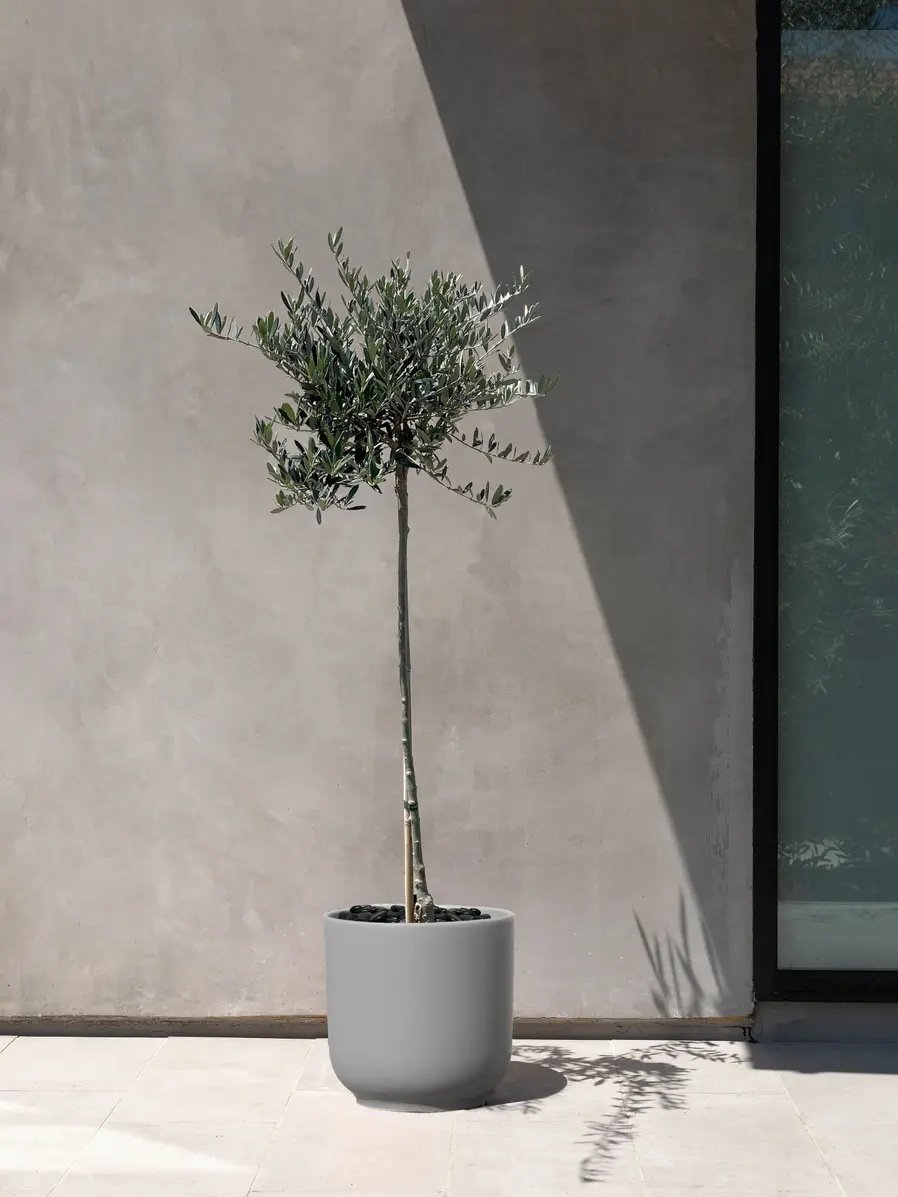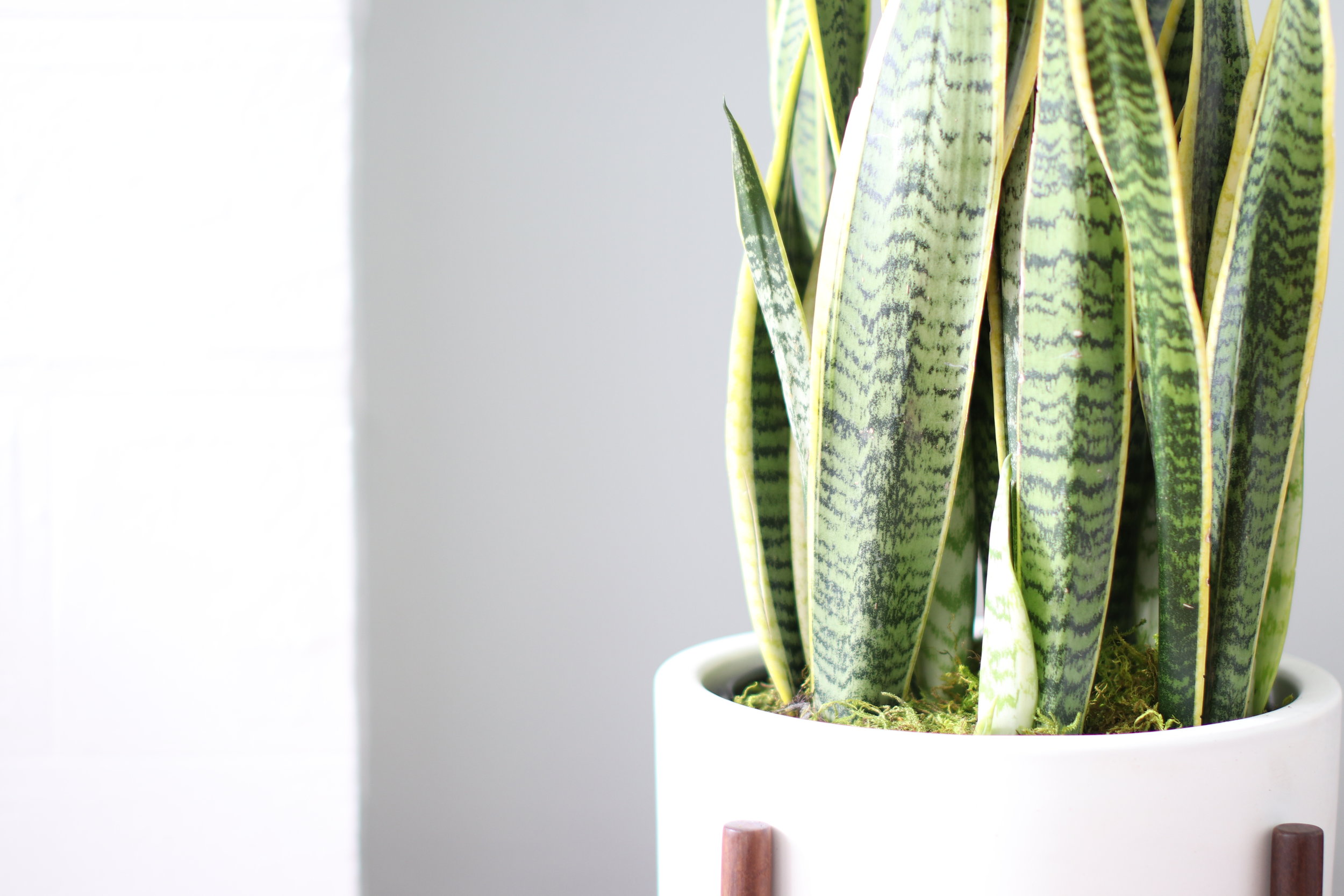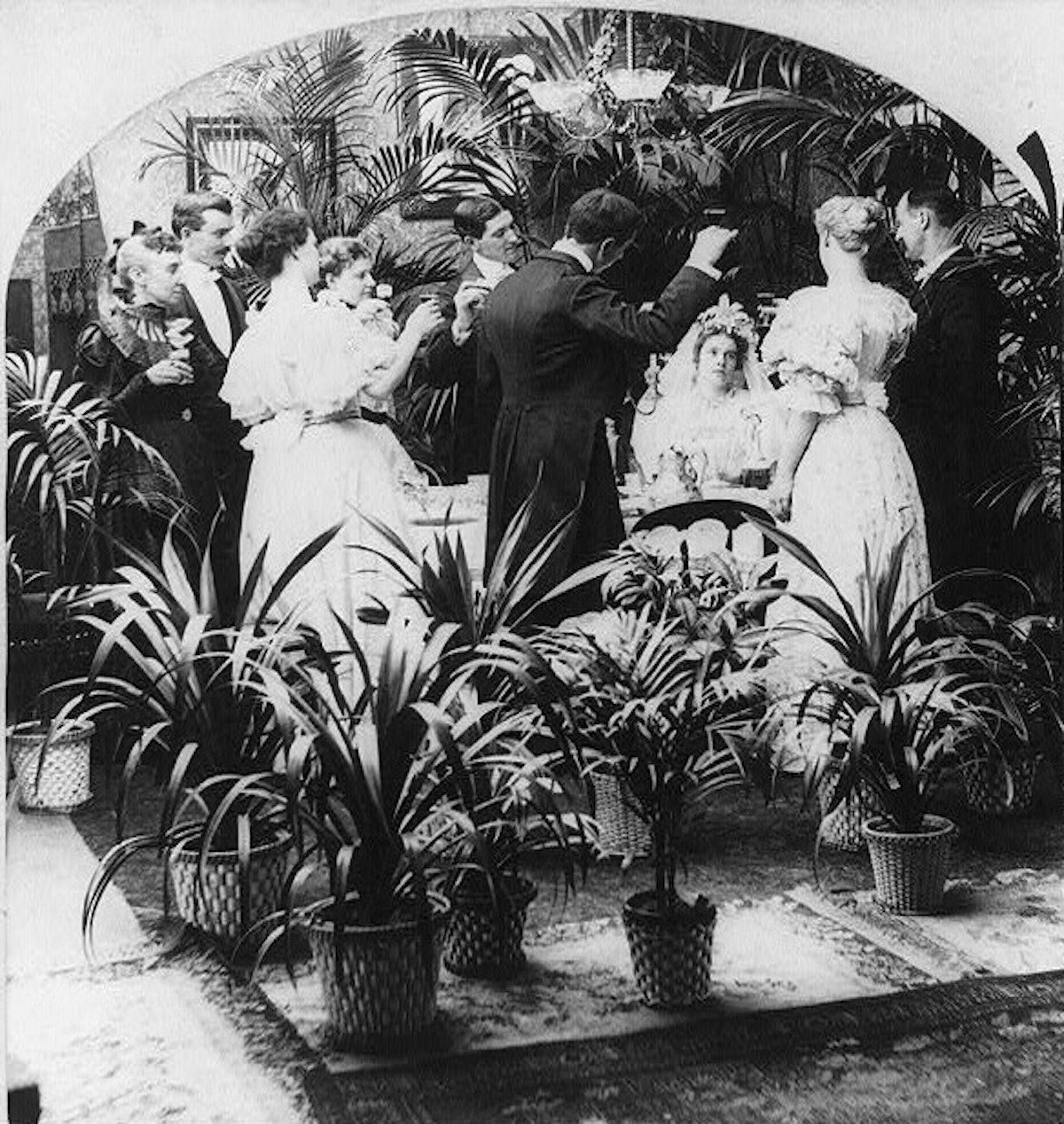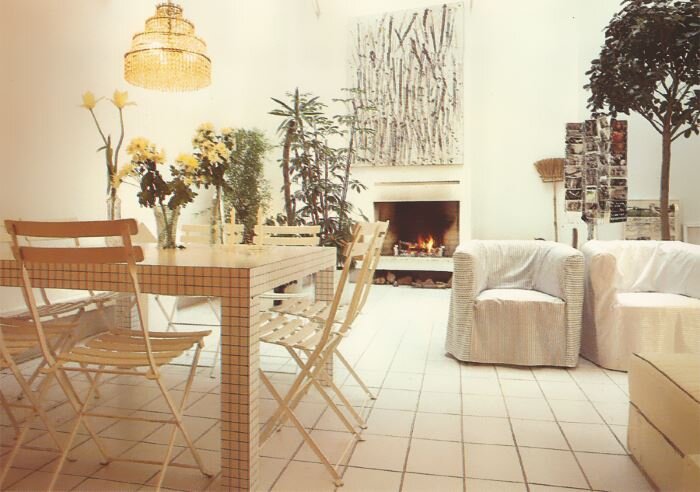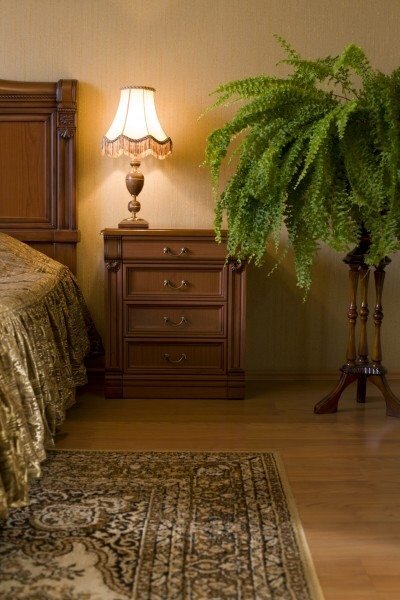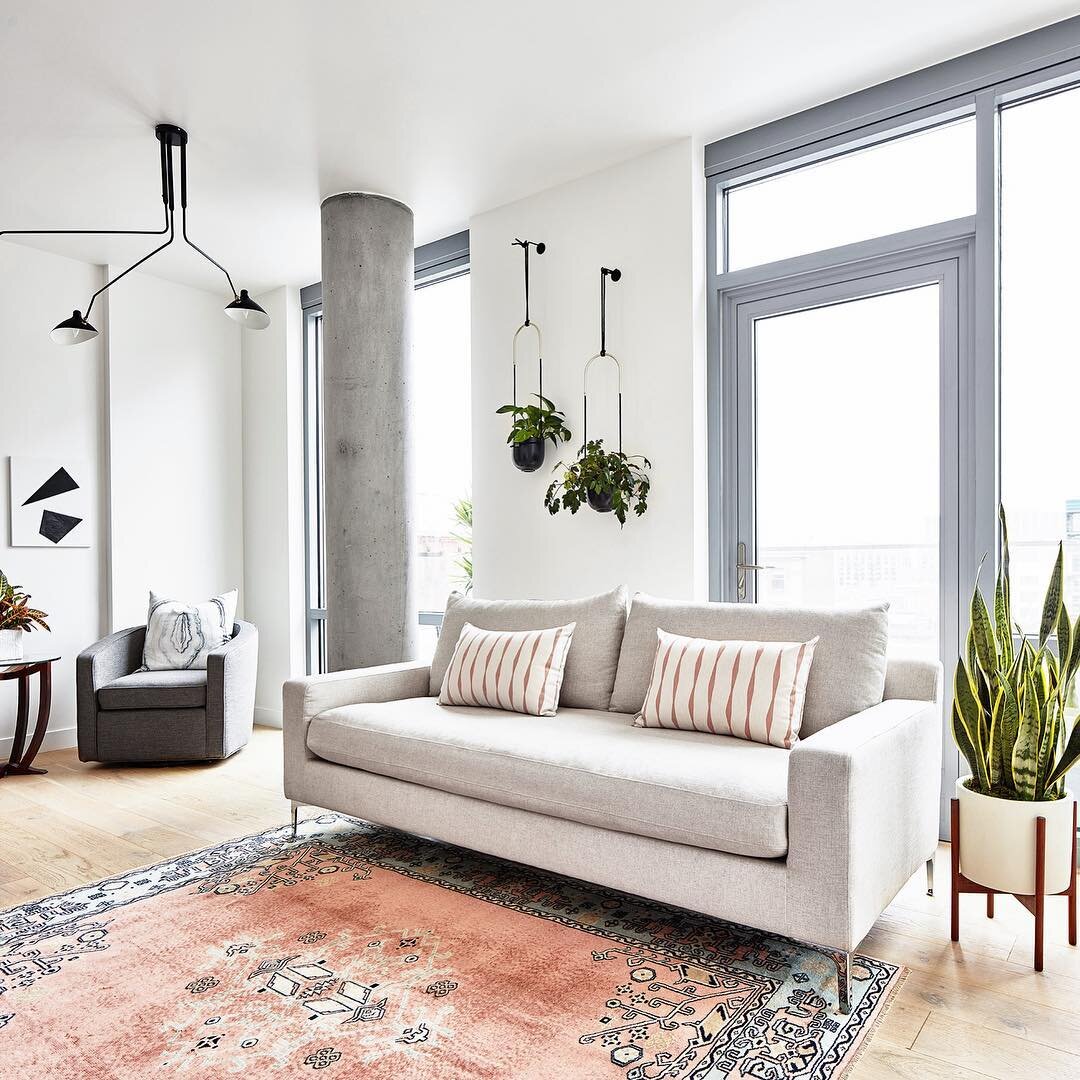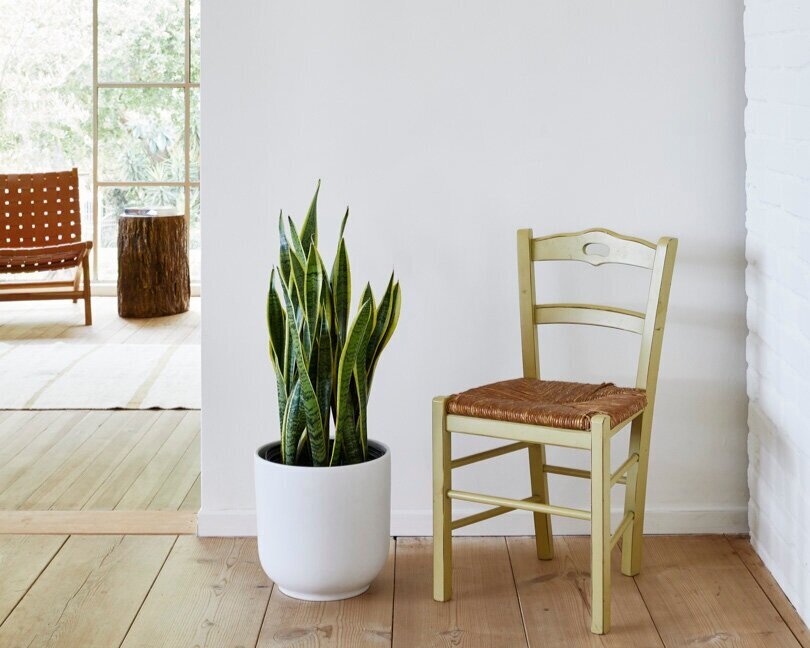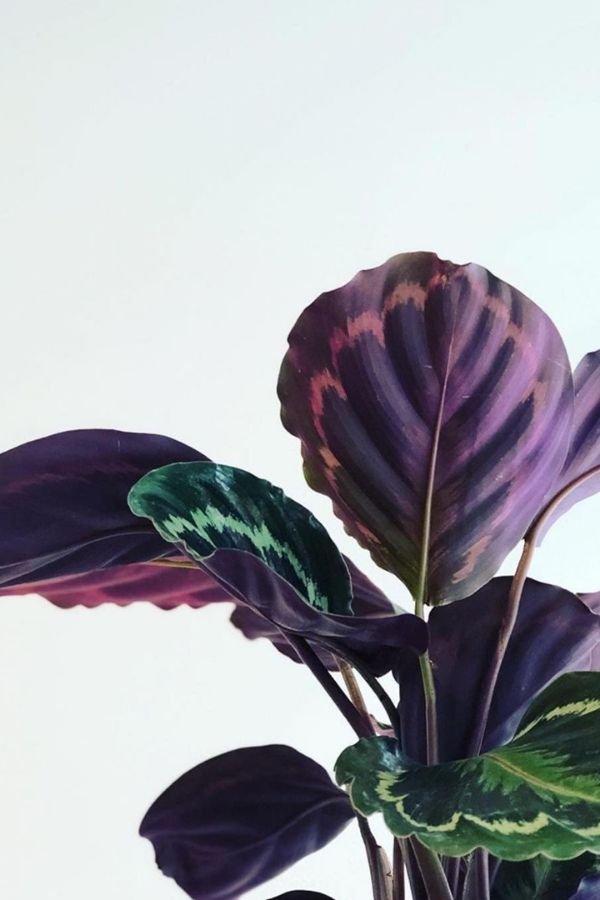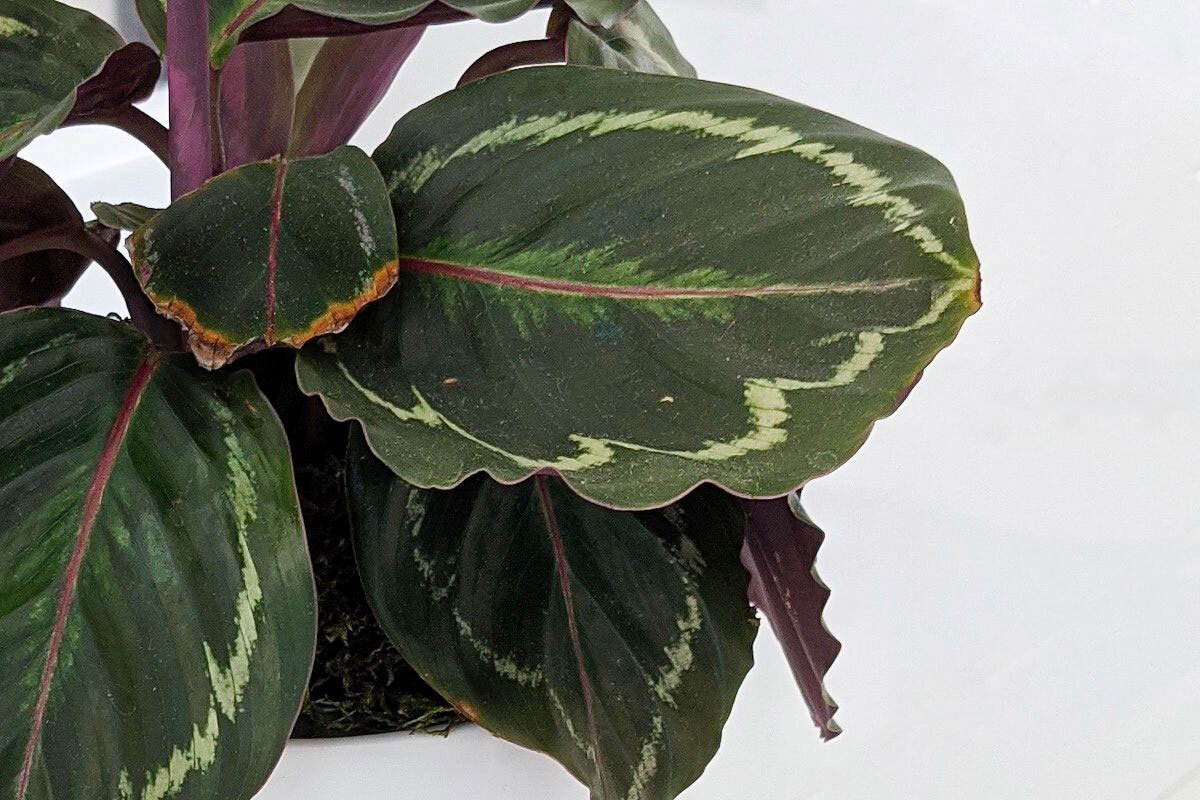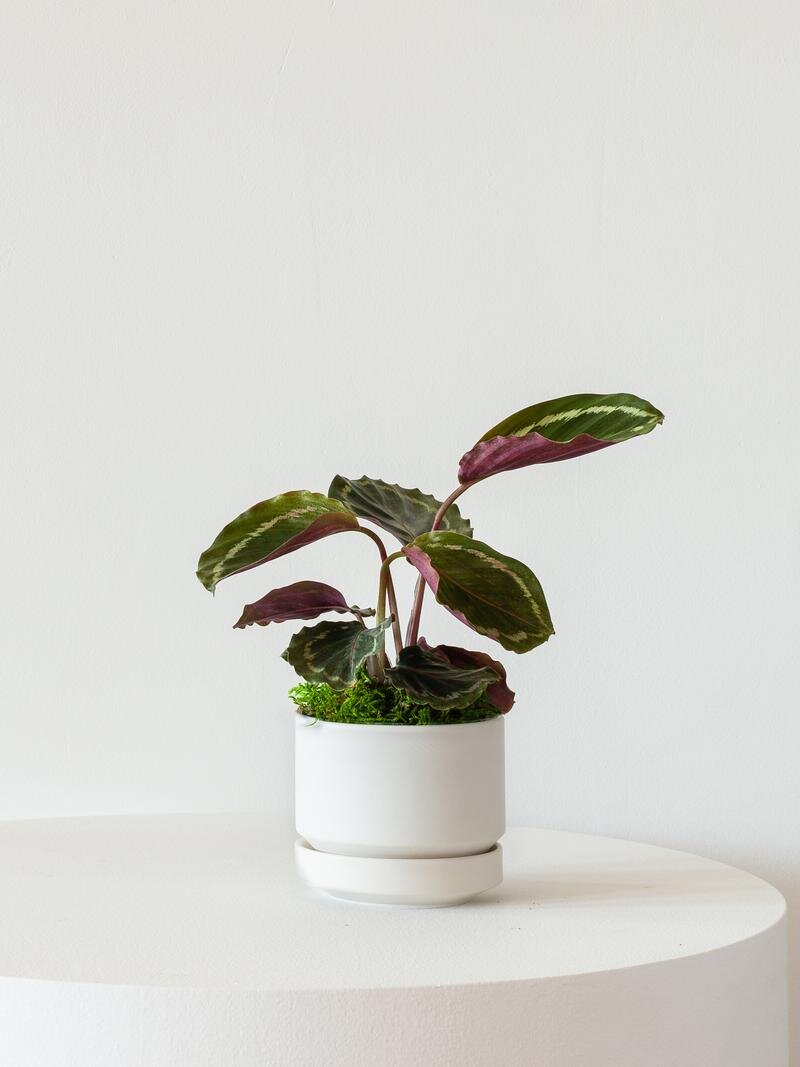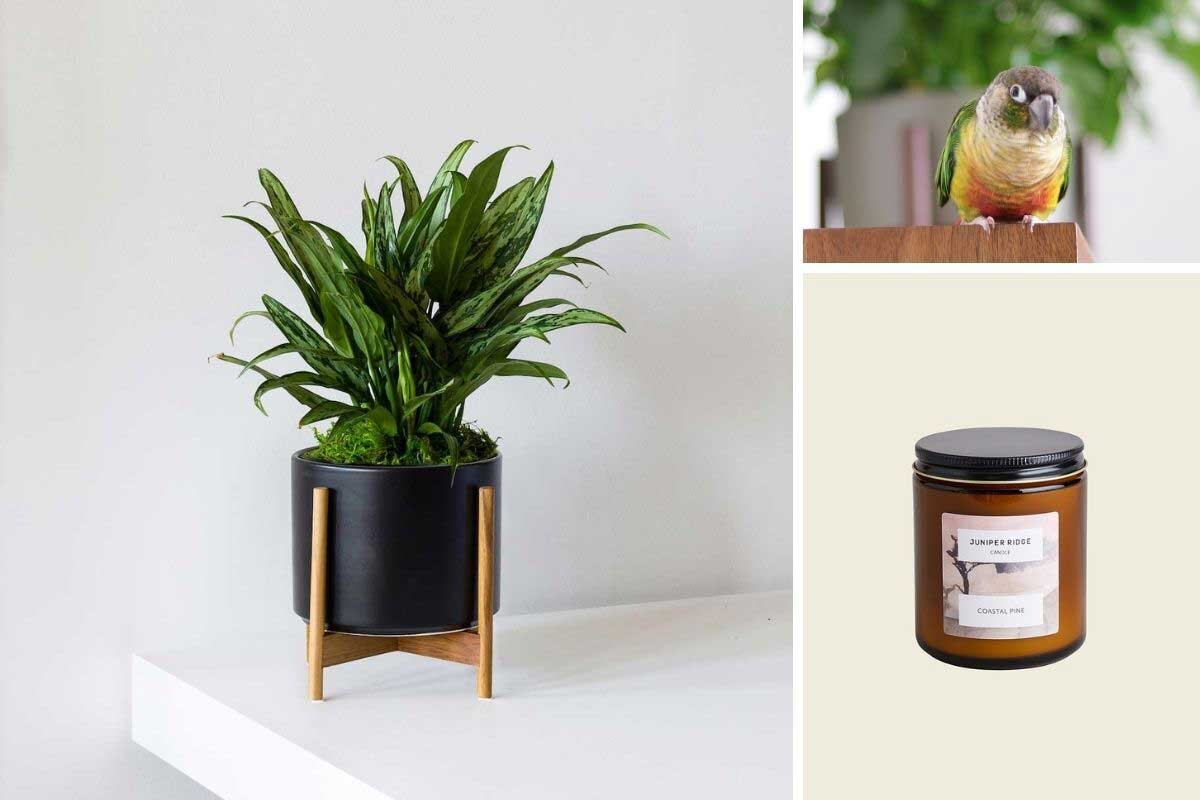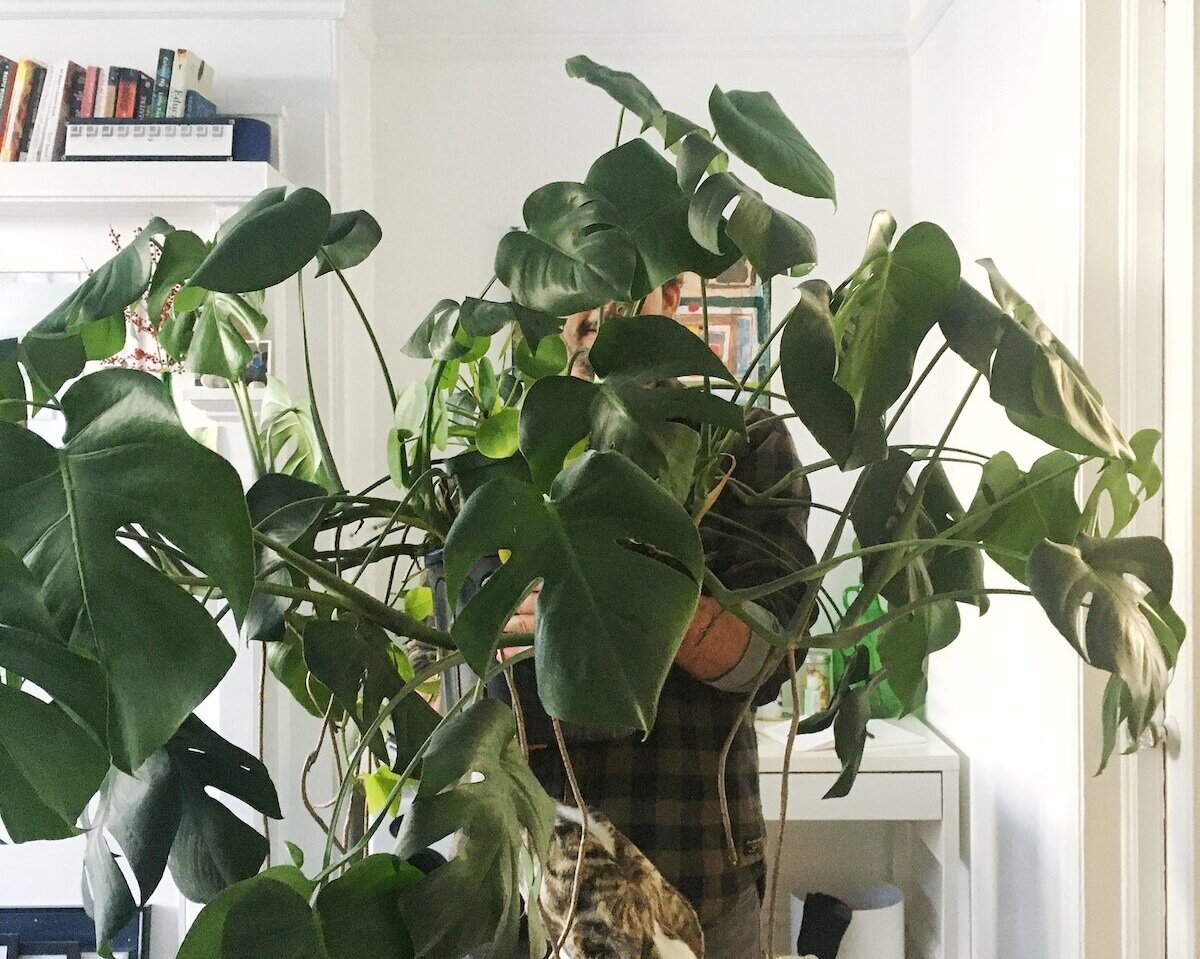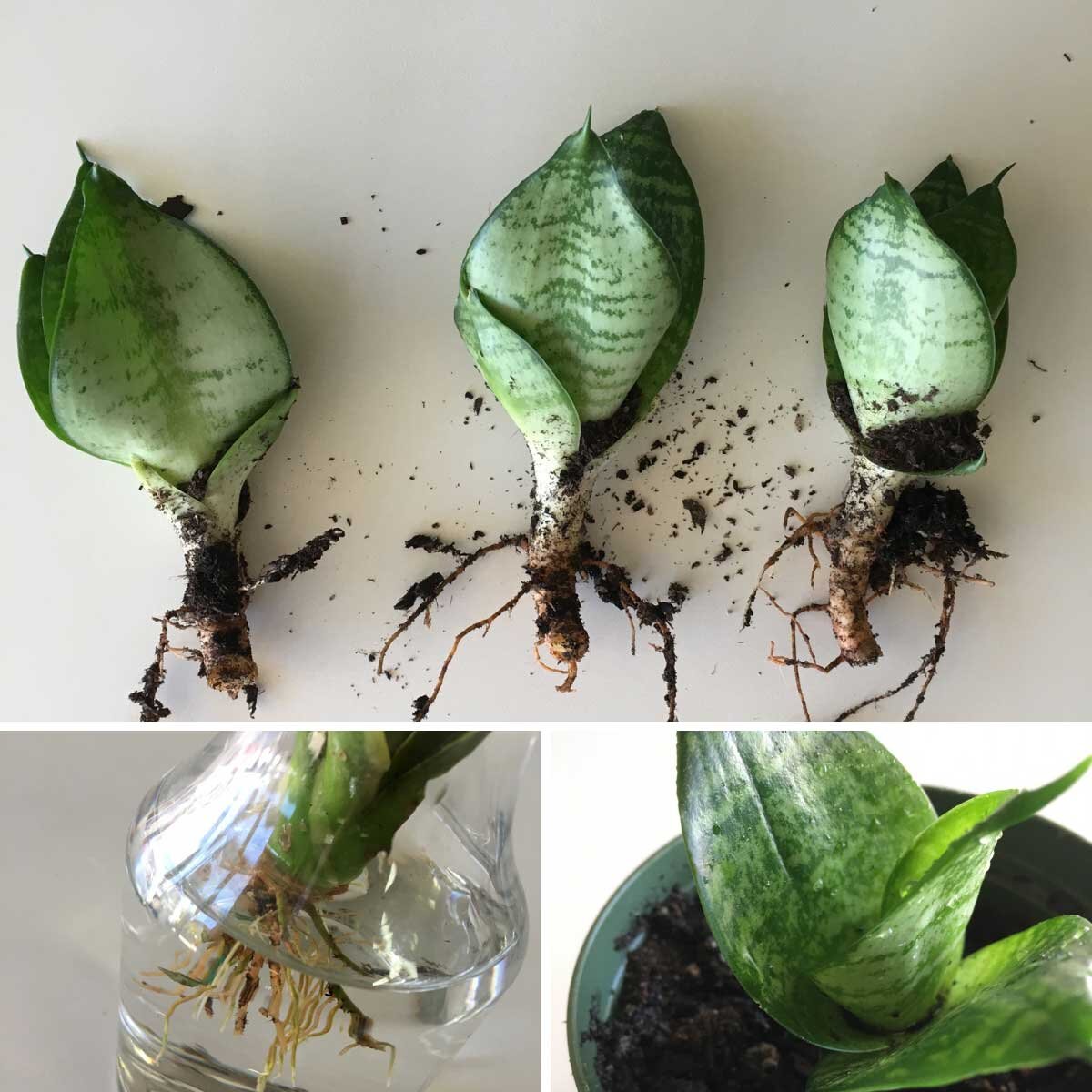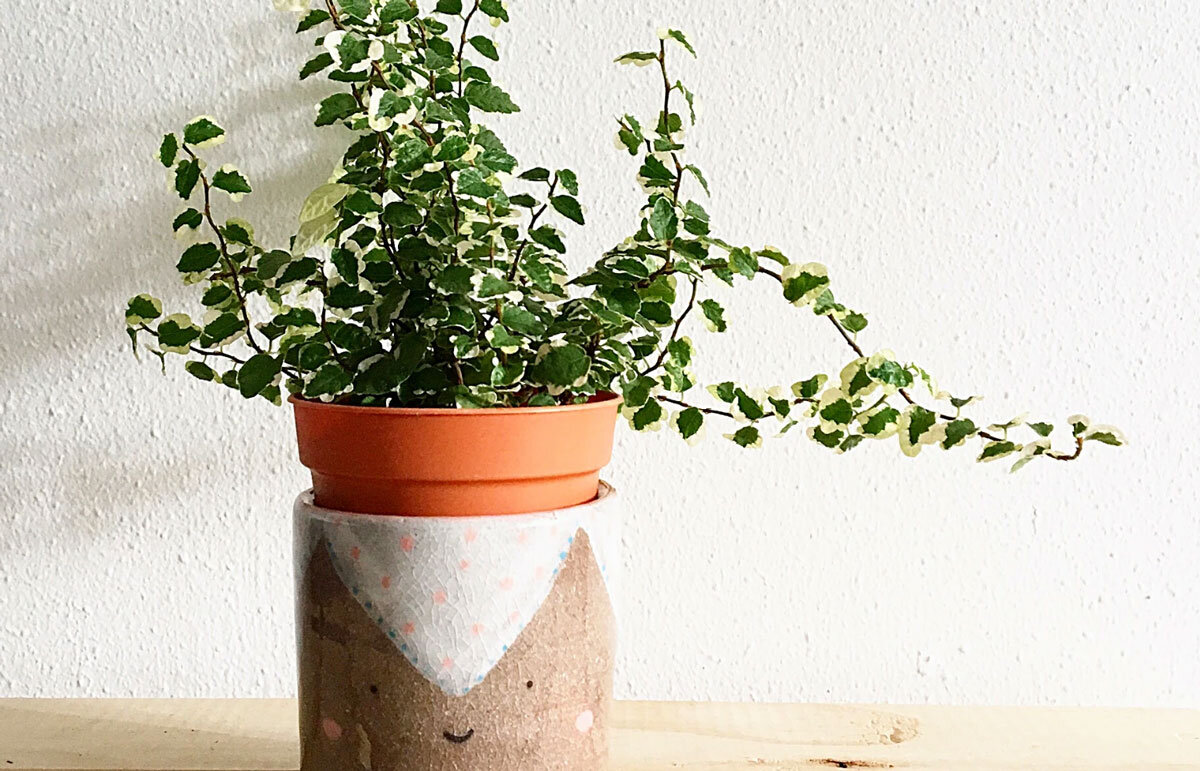6. Watch Out For Bugs
It’s unlikely that your plant will experience any issues with insects. After all, olive trees are naturally pest resistant. Thank you, Mother Nature! Still, there are easy ways to eradicate insects should you experience an unexpected visitation.
There are plenty of pest-control products for fruiting outdoor plants available, and you can use them with confidence, because they will not have an adverse affect on your plant. If you prefer to explore an all-natural solution, neem oil is a great alternative, and you can learn all about it and other natural pest remedies here. Just make sure not to apply neem oil to your tree on particularly sunny days, which can cause leaf scorching, not unlike the sunburn we’d get if we oiled up on a super-hot day.
7. Be Patient
Can’t wait until your potted evergreen tree, perhaps an Olea europaea, proffers a tumble of olives for your martini? We get that! But gardening is a meditative pastime. It takes time, lots of light, fertilizing during the growing season, and consistency for fruit trees to bear fruit, and it can sometimes take up to a few years. In the meantime, be patient with your tree, enjoy its grace, its gorgeous silhouette, and the strength of its branches. Every phase of a plant’s growth is beautiful, and if you learn to enjoy them all, you will never be disappointed. Your Meyer lemon bars will come in time. Until then, enjoy every moment of your plant’s evolution. After all, it’s because of your love and care that it is growing at all.
8. Treat Overwatering Briskly
We’re not pinning this on you-- freak rainstorms have been known to occur, as have overzealous garden hoses. So not to worry, if you’ve overwatered, there is a simple solution: it just requires a little elbow grease.
Your plant is in a plastic nursery pot, which is situated within its ceramic pot on top of a level consisting of a foam block. Using containers that have drainage is adequate for plant growth, and this system helps ensure just that. Don your gardening gloves and grasp your plant as low as possible on the base of its trunk. Be careful to support the plant as you lift it, still within its plastic pot, out of the ceramic planter.
See standing water in the ceramic pot? Say good riddance and dump it out! Then leave your plant, still clad only in its plastic pot, in a sunny spot to dry. Don’t water again until its top two inches of soil are dry to the touch, at which time you can return it to its ceramic pot.
9. Tune In To the Rhythm
Unsurprisingly, your fruiting plants will respond to seasonal changes. These plants are often fast growers that produce fruit when given the right conditions. And when the weather beckons you to the beach, tempts you with a summer treat, or calls for celebratory fireworks, it’s also signaling to your plants to grow, baby, grow!
During spring and summer, your fruit trees will want to be fed plant fertilizer about every two weeks. It's essential to fertilize your plants consistently during these periods. Your tree won’t want to be repotted, and it will desire more water. So if you’re reaching for your Evian facial spray, your plant might crave its equivalent. Probe its and allow soil to dry out to be sure before watering.
The same logic goes for colder months. If visions of sugarplums are dancing in your head, your plant is likewise ready to dream and rest. And if (and only if!) temperatures are freezing or below freezing, your plant will want to go inside, just like you.
10. A Word on Winter and Frost
Citrus trees, with their ornamental stems and vibrant blooms, are particularly vulnerable to frost and should not be left outside in freezing or near-freezing conditions. As autumn turns colder and if your location experiences freezing temperatures during the winter, you as a gardener will need to bring your tree inside, either into a garage or inside your home. The tree will go dormant during the winter. During this time, its stems might seem less lively and it may not be in its blooming best. But don’t worry! It’s perfectly natural, and the plant will awaken and revive as the season moves into spring.
We understand that even though our fruiting tree collection is right outside your door, it’s still a new frontier. Don’t be shy- we’re here to help! Our Plant Doctor service offers unlimited guidance for your Léon & George plants. So if you have questions that haven’t been answered here, just reach out. Log into your Léon & George account, upload photos of your plant as a whole and close ups of any areas of concern, and tell them a bit about what you’re seeing. Good things happen when we work together, and we answer inquiries punctually and thoroughly.


